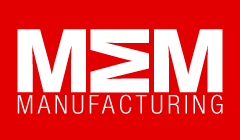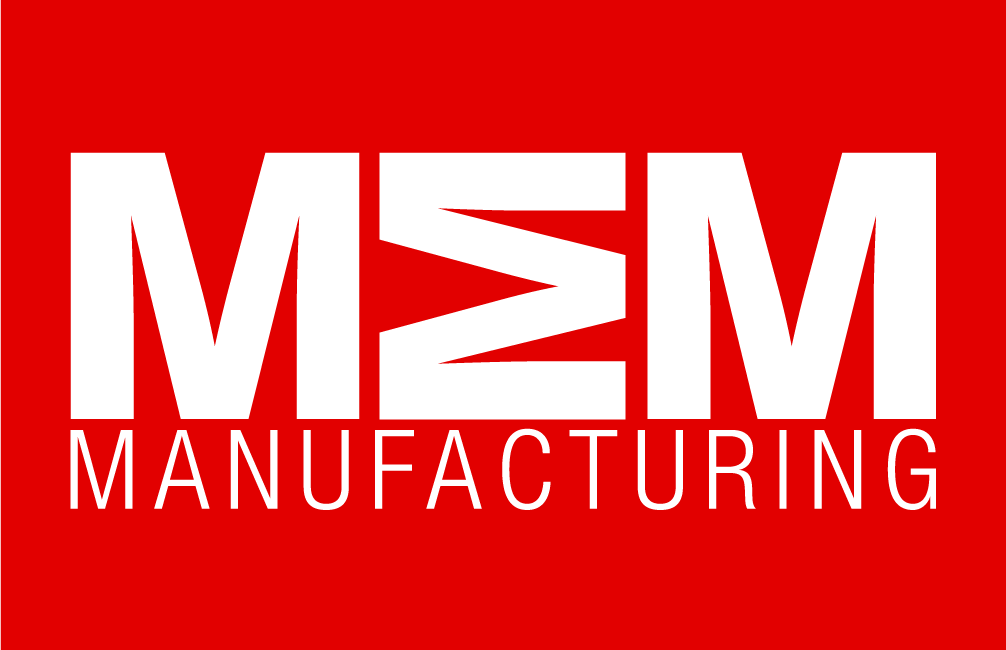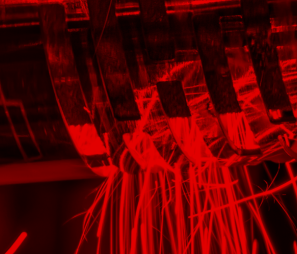Enable Manufacturing Expands its Metal Portfolio to 130 metals for its Additive Casting™ Process : We are thrilled to announce that as of May 2020, Enable Manufacturing can now produce metal parts with its Additive Casting process in more than 130 metals.
Every manufacturing process has its limitations whether it is traditional casting or direct 3D metal printing. High tooling cost and long lead time are challenges of the traditional casting process whilst material compatibility is a restricting factor for direct 3D metal printing. The new Additive Casting process from Enable combines the best of both worlds by offering all the material choices we are used to from traditional casting, without the limitation and high cost of tooling as moulds are made by means of additive manufacturing.
Gradually direct 3D metal printing is seeing wider market adoption for its ability to create parts quickly, speeding up prototyping and development cycles immensely. However, direct 3D metal printing companies typically do not offer a wide range of materials for customers to choose from. If the desired material is not amongst these choices, engineers must design parts in alternative materials and therefore cannot use these parts for the final production process, potentially duplicating the development time for a part. Also, getting new materials approved that are well suited for direct 3D metal printing can be a long and onerous process, cancelling the main advantage of obtaining parts quickly.
By offering more than 130 metals with the Additive Casting process, engineers can be confident from the outset that Enable can make their parts in the desired material. And because prototypes can already be produced with the final material specification, these parts will already be suitable for mass production, saving engineers time and cost.
Why does it matter to offer a wide range of materials?
Whilst it is sufficient to use a standard material such as AISI 316L in most cases, there are also parts that require additional material properties that are not readily available with direct 3D metal printing.
In some applications including aerospace and heavy industry, parts often require a higher fatigue strength and the properties of AISI 316L would not be enough. In this case, using AISI 316L requires a more frequent replacement interval, adding material and labour cost. Alternatively, engineers could switch to a different material with higher fatigue strength such as AISI 420 and end up with a stronger part that will not need to be replaced outside of normal maintenance cycles. AISI 420 is not available for the direct 3D metal printing process but is a standard material used in Additive Casting.
Also, in the maritime industry, AISI 316L may sometimes not have sufficient anti-corrosion properties. To increase the corrosion resistance of a part can either be achieved by applying a coating, which will add additional cost, or by switching to a less common but more corrosion resistant material such as Hastelloy C276, which is also not available for the direct 3D metal printing process.
These are just two examples of where using direct 3D metal printing would compromise the performance of the part due to the limitations of available materials. Enable can not only manufacture parts in these metals but can also do so without the limitations of tooling and long lead-times. No longer do engineers have to compromise on either material or lead time; they can get their choice of metal fast from Enable.
For a complete list of metals available for the Additive Casting process at Enable, please visit www.enable.parts
Manufacturing & Engineering Magazine | The Home of Manufacturing Industry News















